- Messages
- 393
- Likes
- 2
- City
- Houston
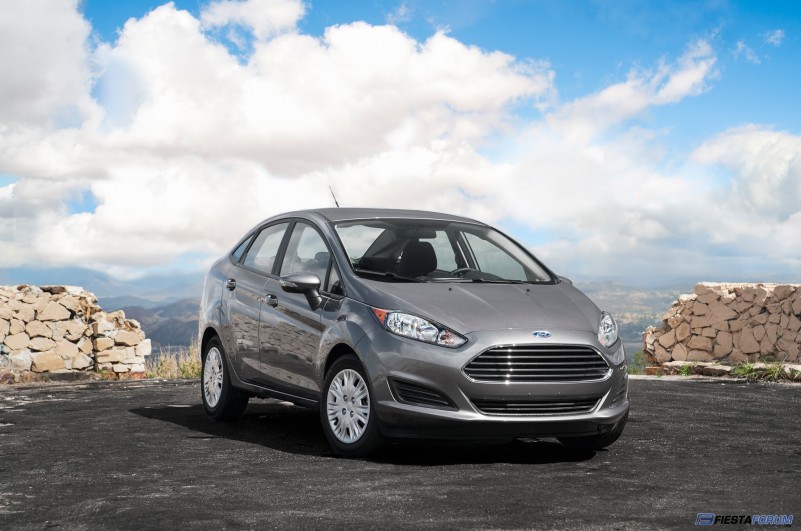
Name a car a hypermiler would love to drive. Maybe you're thinking the first-generation Honda Insight? Geo Metro? Chevy Chevette with the 51-hp, naturally aspirated diesel engine and homemade cardboard aero accessories? I know what's going through your head: "The most devout hypermilers can get superb fuel economy out of anything. They don't need any additional vehicular help!"
And you'd be right. But for the rest of us "average"-driving, A/C-savoring types who want to feel extra good about gas mileage without going directly to the Prius pickup counter, there are cars such as the Ford Fiesta SFE EcoBoost. Based on and only available through the midrange SE trim level, it'll set you back a minimum of $17,400 for the sedan and $17,900 for the hatchback once the $995 SFE EcoBoost Package is factored in. The special efficiency pack brings a few items into the fold, but at the same time, not really. It comes with 15-inch steel wheels with plastic covers and 185/60-15 Hankook Optimo H426 tires. Weighing around 38 pounds apiece, the wheel/tire combination is standard on the entry-level Fiesta S and superseded by 15-inch alloys on the SE.
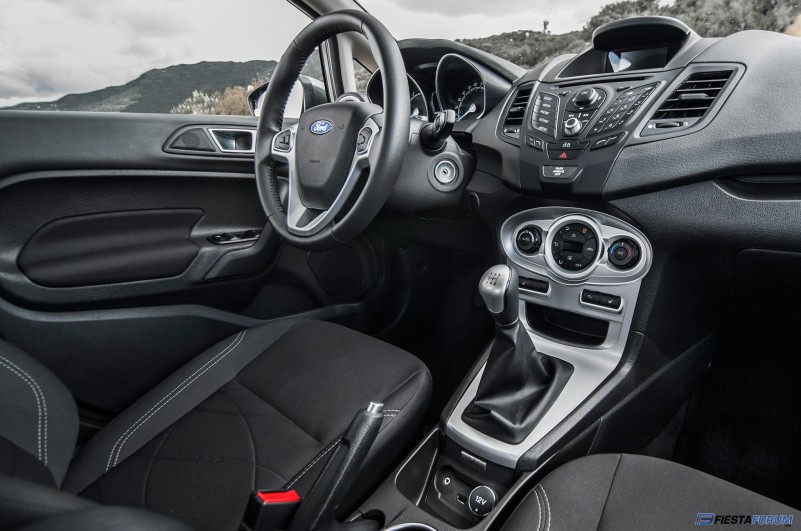
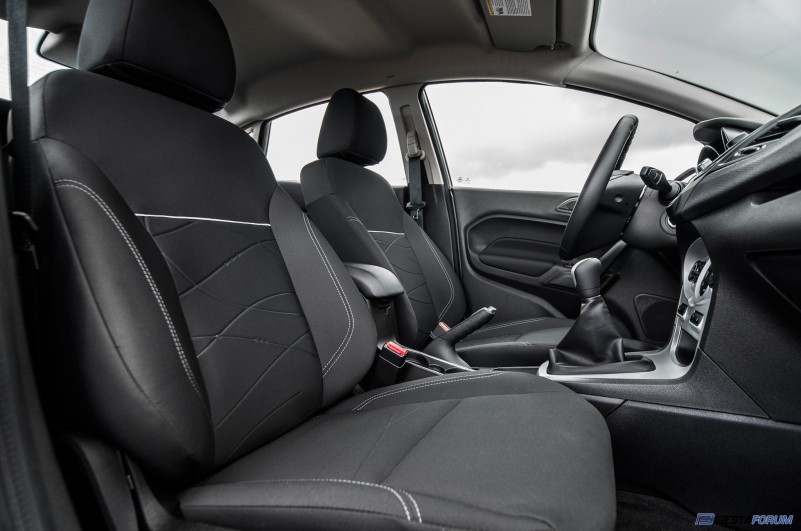
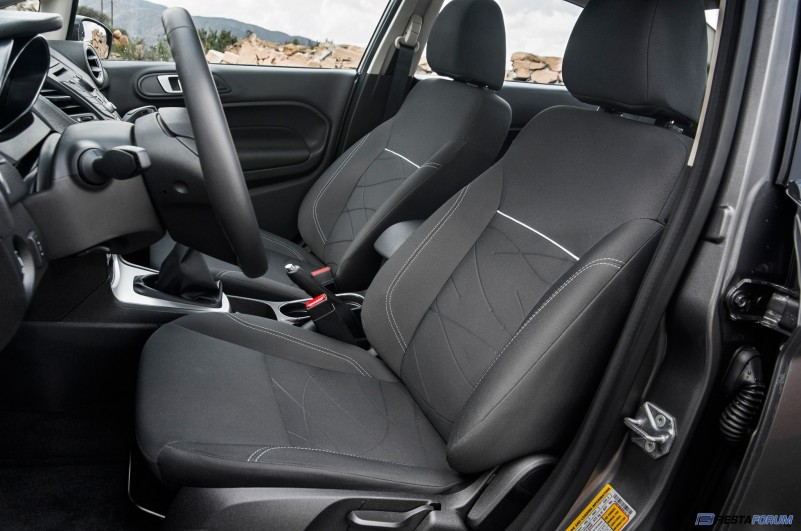
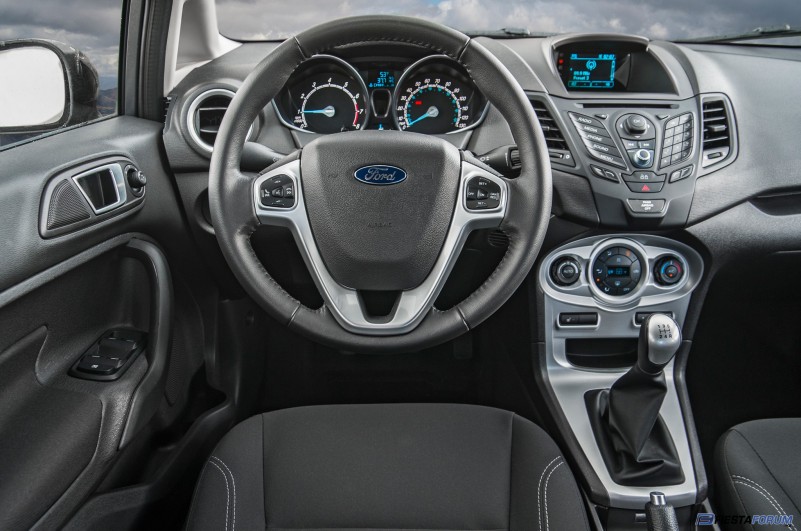
You also receive what's romanticized as a regenerative braking system, but is actually a smart alternator designed to take advantage of deceleration moments to charge the 12-volt battery and not drag on the engine too much when accelerating or cruising. An EcoBoost badge adorns the tail end to let keen-eyed motorists know you're into eco-ing and boosting. Sedans are fitted with a nifty decklid spoiler. (The $995 SE Appearance Package is the other way to get it.)
What you're really paying for is the brilliant 1.0-liter turbocharged I-3. It makes 3 (coincidence?) more peak hp than the Fiesta's volume 1.6-liter I-4 (123 versus 120) at 350 rpm sooner (6000 versus 6350). Peak torque is greater and comes on much earlier: 125 lb-ft at 2500 rpm versus the 1.6's 112 at 5000. This ensures a broader, meatier powerband -- the 148 lb-ft of temporary overboost doesn't hurt, either. Paired with the mandatory five-speed manual -- the lone transmission means buyers must be aware of what they're getting into -- our four-door sipped its way to 34/47/39 mpg city/highway/combined on the Motor Trend Real MPG cycle, topping all non-hybrid vehicles we've run through today. The also-an-I-3 Mitsubishi Mirage produced 32/44/37 mpg; a '14 Fiesta Titanium hatchback with the 1.6 and five-speed did 33/40/36 mpg. All were tested in OE-delivery specification (the Fiesta SFE EcoBoost's recommended tire pressures are 38 psi all around) so hypermilers can have a field day with the painter's tape and extract even better fuel economy. The maximum specified pressure stamped on the H426's sidewall is 51 psi* (hint, hint).
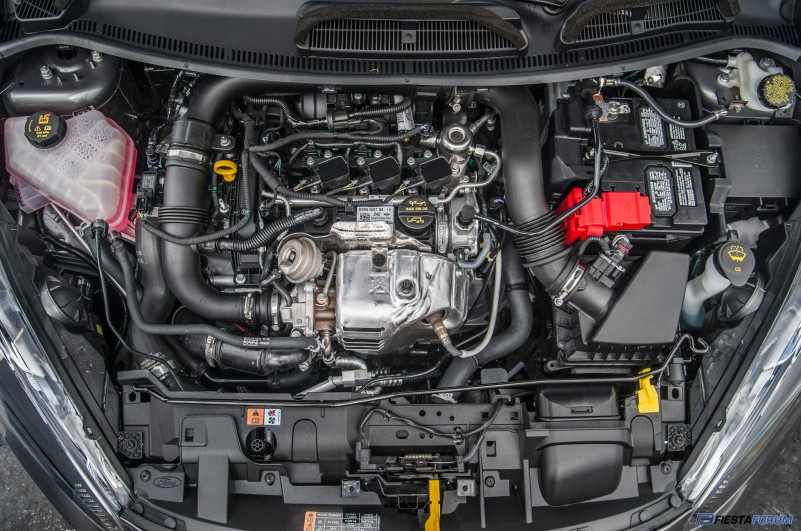
There's minimal three-cylinder rocking, though vibration-quelling acts such as deliberately unbalancing both the main crank pulley (via strategically placed notches in the pulley body) and the flywheel can't mask all of the pulsing. These are nice tricks in the wake of the engineering mandate to not use balance shafts, but there remains residual seat shaking at idle and lower rpm. We expect this to be a non-issue when the engine debuts with the 2015 Focus. The vibrating lessens as the 1.0-liter winds up, and overall, it's excellent for an I-3. The alternate reality involves the dashboard and footwells rattling without relief and intensifying powertrain thrashing as acceleration increases. Reduced weight and a timing belt lubricated in engine oil are touted as other benefits of the 1.0, but are small beans. The Fiesta SFE EcoBoost is only 15 pounds lighter than a well-equipped Fiesta SE sedan with the six-speed twin-clutch automatic. The belt in oil claims up to a 1 percent fuel savings, quieter operation, and no belt servicing required for the life of the car, though the oil should be regularly changed.
More significant is the integration of the exhaust manifold to the cylinder head, allowing the manifold to be water-cooled. The 1.0 EcoBoost was the first Ford engine with the feature and it eventually spread to the 1.5 EcoBoost and forthcoming 2.7-liter EcoBoost V-6. The more active cooling of the exhaust gases helps the engine maintain near-stoichiometric air/fuel ratio longer under high-load situations, such as when merging onto the freeway, or quickly keeping up with stop-and-go traffic, or towing, as will be the case with the F-150. This cooling tactic is viewed as a necessary step to get more of the "eco" out of the EcoBoost. Further helping the efficiency cause is the car's resistance to slowing down. This isn't the vehicle for the paranoid driver afraid of unintended acceleration. There's perceptibly little engine braking (signifying little engine friction) in any gear at any rpm. You can floor it to redline in first gear, lift off the gas, and roll gently to a stop instead of feeling like an airbrake just deployed. Excellent momentum preservation is a team effort between the powertrain, aerodynamics, tires, and other components that affect the wheels spinning. There are no team chemistry problems here.
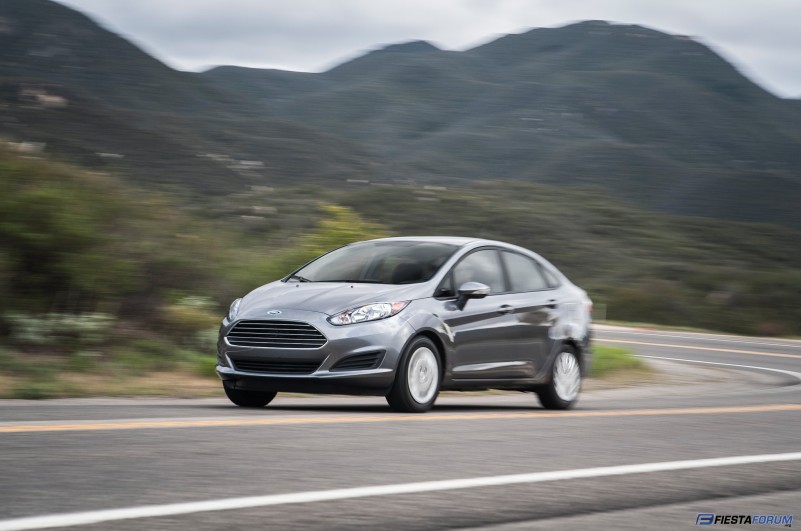
But let's pretend you don't care much for fuel economy. You want to know the 1.0-liter Fiesta is 0.5-1 second quicker to 60 mph than its 1.6-liter counterpart, making it the hot rod of Fiestas. (The ST can be the race car.) The $290 Comfort Package (automatic climate control, heated side mirrors, front seat warmers) is some of the best $290 you can spend. After popping the hood and seeing how far air has to travel from the airbox to the turbo, then through the intercooler and finally into the engine, you doubly appreciate the fast throttle response. It's no surprise that the car is susceptible to crosswinds, and it does need a bit of help tracking straight on the highway even without wind blasting the doors. The shifter throws are long but it's hard to miss the gates. You can directly alter the amount of steering wheel vibration with the gas pedal (more gas, more "feel"), and you get the I-3 growl, which to my motorcyclist ears sound like a heavily muffled Triumph Speed Triple or less sexy Japanese V-twin. Our test car was quieter than expected. In conclusion, you get a gem of an engine with the Ford Fiesta SFE EcoBoost. The rest of the car isn't bad either.
